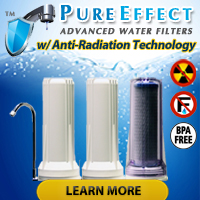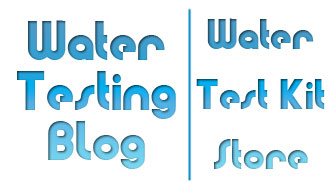Banned Pesticides Turn Up in Connecticut Wells
posted by Water Testing Blog on Monday, March 1st 2010 under: Environmental, Ground Water, Home Water Testing, Pesticide, Water Quality Testing, Water Testing, Well Water Tags: pesticides, pesticides in water, well water testing



